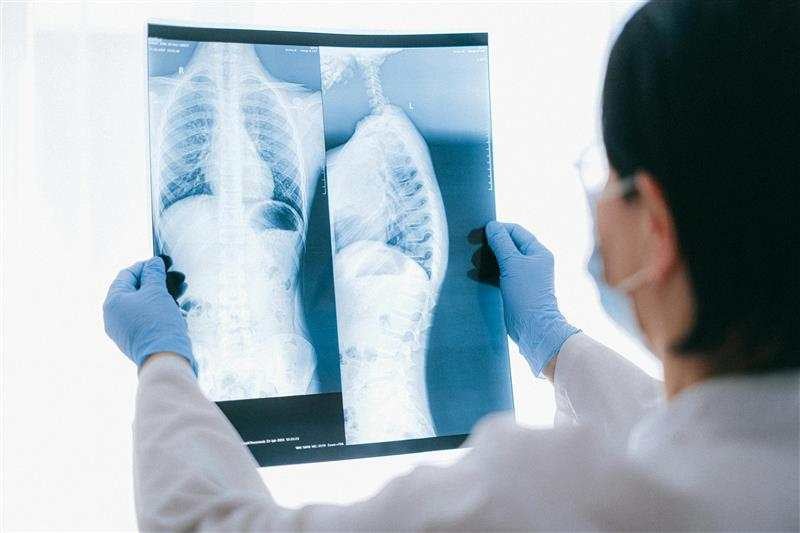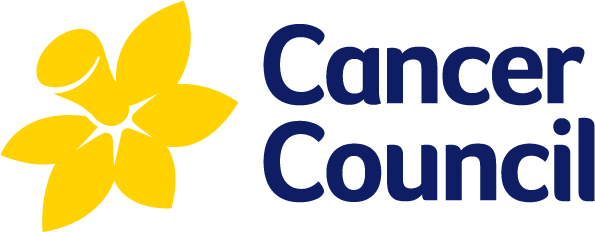A guide to: lung cancer screening
Cancer screening saves lives

Screening is a way of finding signs of cancer in people who do not have any symptoms. The goal is to find cancer early, when it is easier to treat. Lung cancer is the leading cause of cancer death in Australia. But if found early, most cases can be treated successfully.
About the National Lung Screening Program
Launched on 1 July 2025, the National Lung Cancer Screening Program (NLCSP) is a free initiative from the Australian government. It's designed to detect lung cancer in people most at risk – before symptoms appear. The program uses a low-dose CT scan (low-dose radiation) to look for any lumps, called nodules, in the lungs. Most nodules will not be cancer.
Screening is for people without symptoms – a cough that won’t go away, or coughing up blood, for example.
Key benefits:
- Detects cancer early – before symptoms show
- Increases the chance of successful treatment
- Reduces lung cancer deaths
Who is eligible for screening?
Lung screening is for those most at risk. You are eligible for lung screening if:
- You are aged between 50-70 years old
- You smoke tobacco cigarettes or have a history of cigarette smoking (having quit within the last 10 years)
- You have a history of tobacco cigarette smoking of at least 30 pack-years (for example, a pack a day for 30 years, or 2 packs a day for 15 years)
- You don't have symptoms of lung cancer (symptoms include an unexplained persistent cough, coughing up blood, shortness of breath for no reason)
If you’re unsure, speak to your doctor. They can assess your risk and guide you through the next steps. If you are eligible, you can have a scan every two years. You will need to get a doctor or medical professional to refer you for a scan. You should undertake screening even when you feel well.
Why is lung cancer screening important?
Lung cancer is one of the leading causes of cancer death in Australia, but early detection can make a big difference. Screening can:
- Detect cancer before symptoms develop
- Find cancer at an earlier, more treatable stage
- Improve survival
- Give you peace of mind
If found early, over 65% of lung cancers can be successfully treated.
What to expect during a lung screening
The screening uses a free low-dose CT scan. Here’s what to expect:
- You will lie flat on your back on a table with your arms above your head. You will need to hold your breath for a few seconds and stay still.
- During the scan, the radiographer will take images of your chest. You will not need to have any needles.
- The scan itself will take about 10 seconds, and you should not feel any pain.
- You can go home straight away and resume normal activities.
A radiologist will review the images, and your doctor will receive the results of your scan. You will receive a notification (text message or letter) from the National Cancer Screening Register (NCSR) that lets you know what you need to do next. This may be to have a low-dose CT scan again in two years, or to discuss your results with your doctor. If something unusual is found, further testing may be recommended– but not all findings are cancer.
How to access lung screening
Your doctor or healthcare provider can help determine your eligibility. Once enrolled, the National Cancer Screening Register (NCSR) makes it easy to manage your screening by:
- Sending reminders for future scans
- Recording your results securely
- Sharing updates with your doctor
- Notifying your doctor if you need further tests
For more information, head to:
- The NCSR campaign website
- The list of resources relating to the National Lung Cancer Screening Program
- The resources specifically designed by the National Aboriginal Community Controlled Health Organisation
